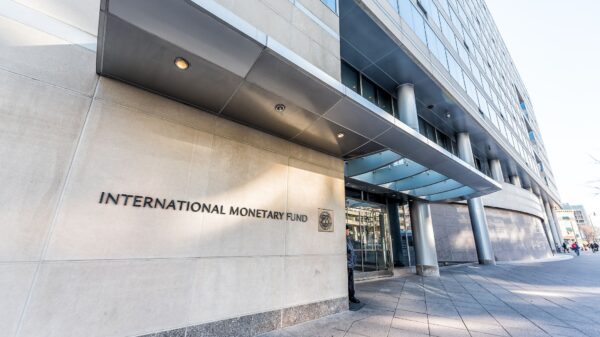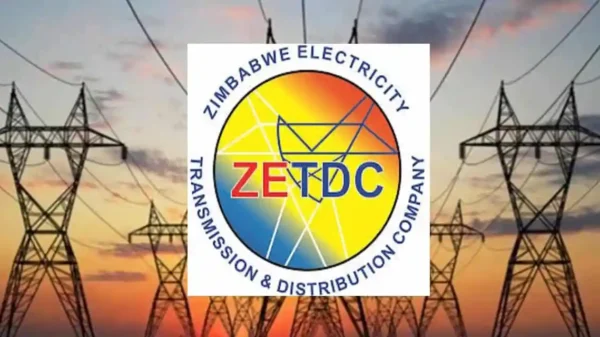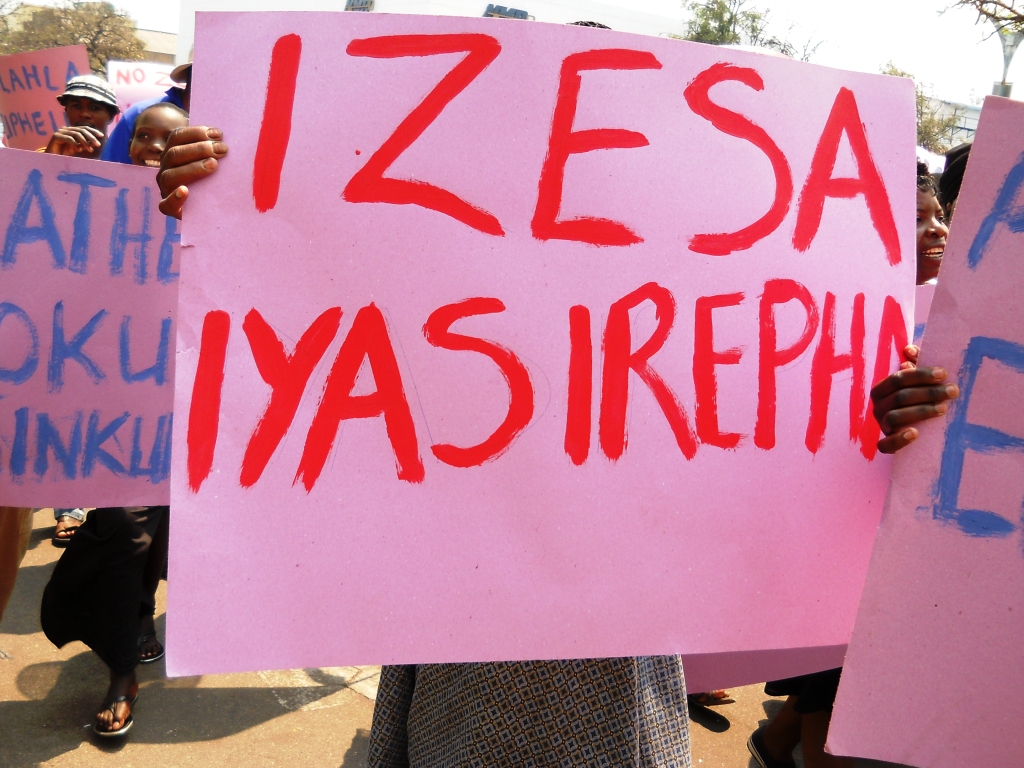Water levels at Kariba Dam have risen steadily, reaching 475.87 meters as of January 6, according to the Zambezi River Authority (ZRA). This marks a 2.61% increase in the dam’s usable storage capacity for electricity generation.
Expectations are optimistic that continued rainfall during the season will enhance power generation at Kariba, which has been hampered by previously low water levels.
The dam operates efficiently within a range of 475.50 to 488.50 meters for hydropower production. In light of a forecast for normal to above-normal rainfall across the Southern African Development Community (SADC) region during the 2024/25 rainy season, ZRA has increased its water allocation for power generation to 27 billion cubic meters (BCM), to be shared equally by Zimbabwe and Zambia.
In the 2023/24 hydrological year, ZRA allocated 16 BCM of water for electricity production. Critically low water levels at one point last year limited ZRA to allocations sufficient for generating just 214 MW, far below Kariba’s 1,050 MW capacity, underscoring the severity of the situation.
Read: OK Zimbabwe Refutes Closure Rumors, Attributes Empty Shelves to Supply Disruptions
Zambia, which generates power from the dam’s northern bank, also faced challenges, resulting in both countries implementing prolonged power rationing.
ZRA commented, “The lake level is steadily increasing due to sustained rainfall in the reservoir and its catchment area, closing at 475.87 meters (2.61% usable storage) on January 6, 2025, compared to 477.28 meters (12.32% usable storage) recorded on the same date last year.”
Zimbabwe has been grappling with frequent power outages due to reduced output from Kariba, a key energy source for the nation. The addition of Units 7 and 8 to Hwange Thermal Power Station has boosted its capacity to 1,520 MW, offering some relief. However, frequent breakdowns in older units (1–6) at Hwange continue to disrupt electricity supply.
Economic commentator Ms. Wendy Mpofu emphasized the benefits of rising water levels at Kariba. “Higher water levels enable the power plant to generate more electricity, and with the current rainy season predicted to bring normal to above-normal rainfall, we are hopeful that dam levels will improve significantly this year,” she said.
For comments, Feedback and Opinions do get in touch with our editor on WhatsApp: +44 7949 297606.

For comments, Feedback and Opinions do get in touch with our editor on WhatsApp: +44 7949 297606.




















































